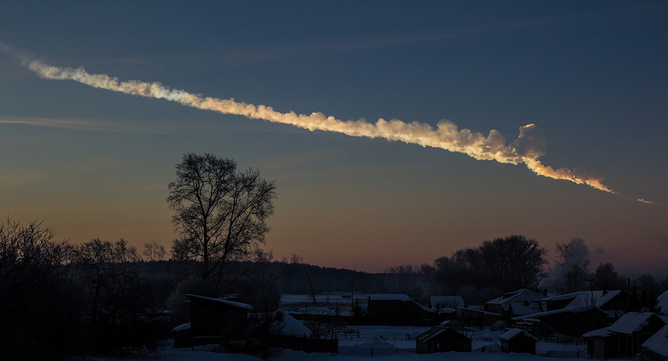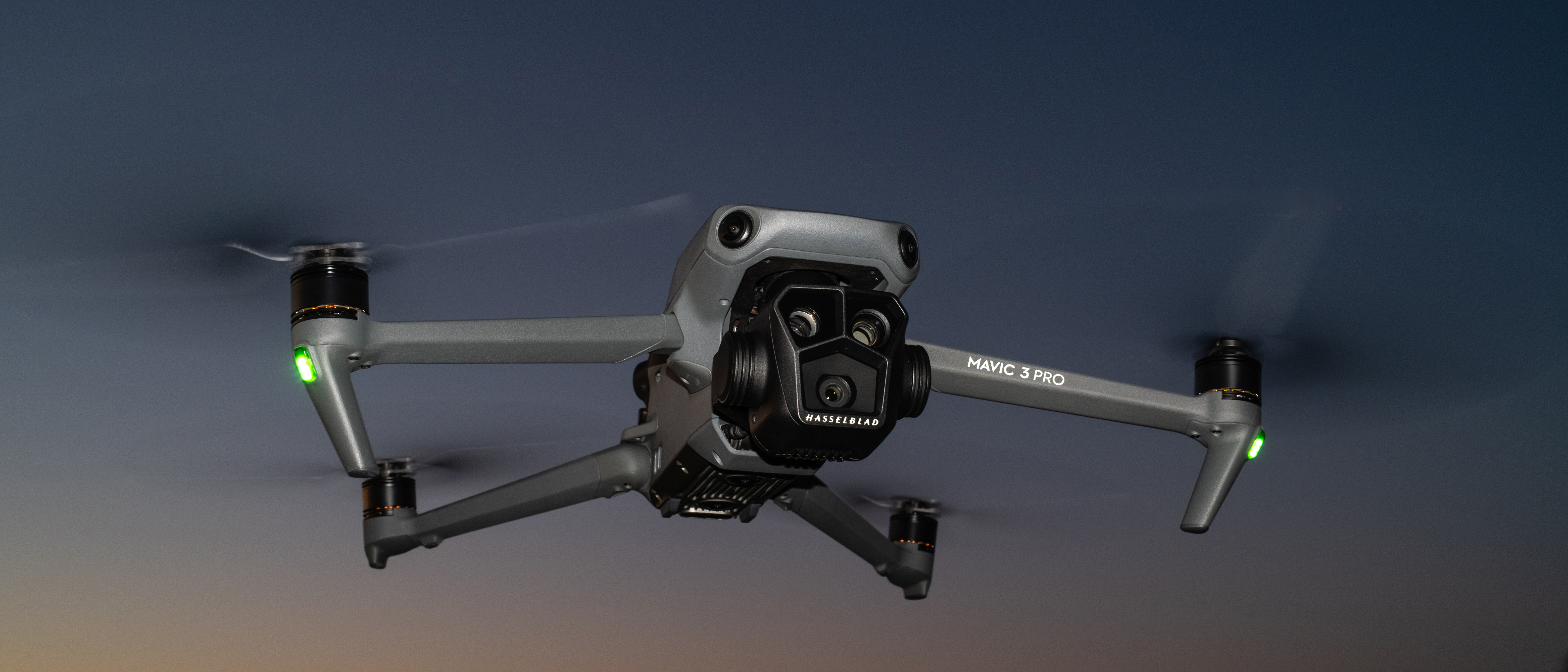How Often Do Big Fireballs Blaze Up in Earth's Sky?

A fireball exploded over the south Atlantic Ocean on Feb. 6 in the most powerful such event since February 2013, when a similar "airburst" injured more than 1,200 people in the Russian city of Chelyabinsk.
Last month's fireball packed the energy equivalent of 13,000 tons (13 kilotons) of TNT, but it exploded in a remote location, so no eyewitness reports are known. (The event was recorded on NASA's Fireball and Bolide Reports page.)
Meteors burn up in Earth's atmosphere every day, but most are small and therefore fly completely under the radar. Fireballs as dramatic as the Feb. 6 event — which was caused by an object estimated to be 16 to 23 feet (5 to 7 meters) wide — occur about once every two to three years, according to Peter Brown, a professor at the University of Western Ontario in Canada and a member of the Western Meteor Physics Group. [Photos: Russian Meteor Explosion of Feb. 15, 2013]
The Feb. 6 fireball, while powerful, would probably not have caused damage even if it had hit Earth over a populated area, Brown added.
"The only way you might get damaged is if rocks hit the ground and you are unlucky enough to be hit by some debris," he told Space.com.
The object that exploded above Chelyabinsk three years ago was about 65 feet (20 m) wide, experts say, and had an estimated explosive energy of 500 kilotons. The blast shattered hundreds of windows; the reported injuries were almost all caused by shards of flying glass.
Meteor terminology can get confusing, so here's a quick primer: An asteroid is a space rock. A meteoroid is a space rock about to hit Earth, a meteor is a space rock burning in Earth's atmosphere, and a meteorite is a space rock that made it all the way to the ground. (And, technically speaking, a fireball is a meteor that shines at least as brightly as the planet Venus in the sky.)
Breaking space news, the latest updates on rocket launches, skywatching events and more!
Varying damage potential
Meteoroids can come in several different forms. A small percentage of them (perhaps 5 percent) are made of solid iron. Others are more like comets — collections of ice and dust — and still others are rubble piles composed of bits of rock, dust and ice.
If the meteoroid is solid iron and large enough, a fraction of it can survive its trip through Earth's atmosphere and make it all the way to the ground, Brown said. A more loosely-held-together meteoroid, however, will break up in the air.
Both the Chelyabinsk rock and the Feb. 6 object likely came into the atmosphere at a shallow angle of about 20 degrees, subjecting each to relatively little heating and allowing each to penetrate deep into the atmosphere. Both rocks also each exploded at about 19 miles (30 kilometers) above the ground.
A much more powerful airburst took place over the Tunguska region of Siberia on June 30, 1908, flattening about 770 square miles (2,000 square km) of forest.
The best current estimates, Brown said, have the Tunguska object exploding with a force of between 5 and 15 megatons, or about 10 to 30 times the total energy of Chelyabinsk. Experts think the Tunguska meteor was at least 100 feet (30 m) wide, and they believe it detonated about three times closer to the ground than the Chelyabinsk object did — between 4.3 to 6.2 miles (7 to 10 km) above the Siberian treetops. [What If Tunguska Event Happened Over New York City? (Video)]
Tough to track
NASA and other agencies have a robust asteroid-tracking program that can detect objects about 16 to 32 feet (5 to 10 m) wide depending on their proximity to Earth, lighting conditions and other factors.
So far, surveys have found two asteroids of this size shortly before they impacted Earth: 2008 TC3, which came in over Sudan in 2008, and 2014 AA, which impacted over the middle of the Atlantic Ocean on Jan. 2, 2014.
The main observatories for this work, Brown said, are the University of Arizona's Catalina Sky Survey and the University of Hawaii's Pan-STARRS (Panoramic Survey Telescope & Rapid Response System). Catalina found both 2008 TC3 and 2014 AA. Both Catalina and Pan-STARRS are continually improving their capabilities and will likely be able to detect more objects of this type in the coming years, he said.
Also coming online in the next few months the University of Hawaii's Asteroid Terrestrial-impact Last Alert System (ATLAS). This asteroid-detection system is optimized to pick up meteoroids impacting Earth, and will scan the sky a couple of times a night in search of them. The aim is to give a few days' or weeks' notice ahead of an impact.
But such tracking efforts are concerned primarily with big, potentially dangerous objects, not small fry like the one that caused the Feb. 6 airburst.
"They are too hard to detect ahead of impacting Earth’s atmosphere, and almost never do any damage — Chelyabinsk being a notable exception," Lindley Johnson, lead program executive at NASA's newly created Planetary Defense Coordination Office (PDCO), told Space.com via email.
"This size object hit and no one noticed," Johnson added, referring to the Feb. 6 rock. "Except we in the NASA PDCO did and put it on our fireball reports page, and that’s why everyone now knows about it."
Follow Elizabeth Howell @howellspace, or Space.com @Spacedotcom. We're also on Facebook and Google+. Originally published on Space.com.
Join our Space Forums to keep talking space on the latest missions, night sky and more! And if you have a news tip, correction or comment, let us know at: community@space.com.

Elizabeth Howell (she/her), Ph.D., was a staff writer in the spaceflight channel between 2022 and 2024 specializing in Canadian space news. She was contributing writer for Space.com for 10 years from 2012 to 2024. Elizabeth's reporting includes multiple exclusives with the White House, leading world coverage about a lost-and-found space tomato on the International Space Station, witnessing five human spaceflight launches on two continents, flying parabolic, working inside a spacesuit, and participating in a simulated Mars mission. Her latest book, "Why Am I Taller?" (ECW Press, 2022) is co-written with astronaut Dave Williams.
